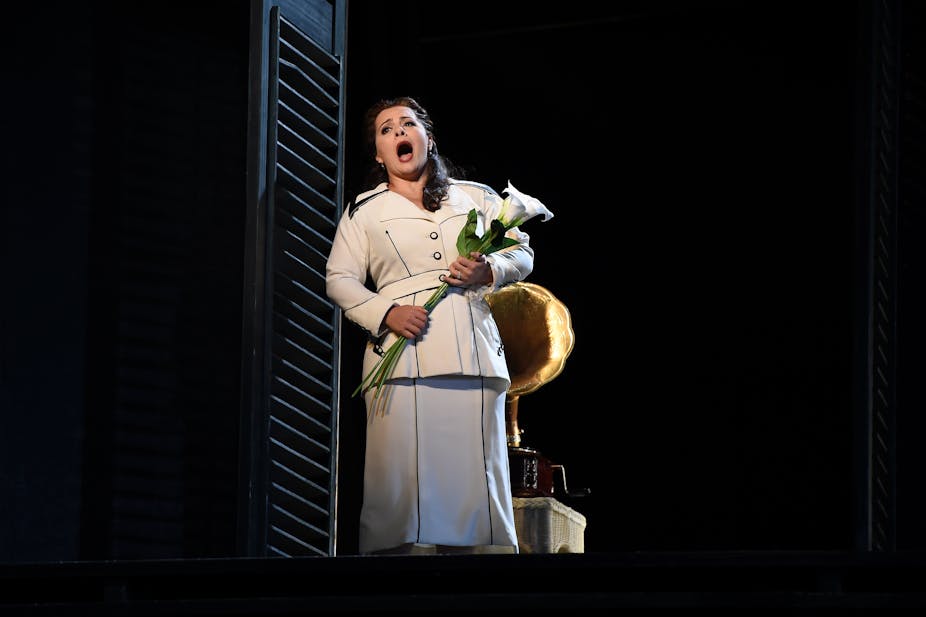The Australia Council made two significant announcements this week. The first was the launch of its Strategic Plan and the second was a new Grants Model.
The external review of the Australia Council, conducted by Gabrielle Trainor and Angus James in 2012, recommended a closer engagement by the Minister of the Arts in the day-to-day running of the Australia Council. Trainor and James argued that there should be agreement between the minister and the council about any future strategic plan. They based their model on that of the Canada Council, including the Canadian use of an “ad hoc” peer system for grant recommendations.
The announcements this week are the consolidation of this approach.
Maybe because the Australia Council is now working “closer” with the new Minister for the Arts, George Brandis, actual information in the plan is hard to find.
The Australia Council’s new soundbites
The council’s new “purpose” is “to Champion and Invest in Australian Arts” – a soundbite in itself – and it will do this by acting upon four “goals”:
- Australia (sic) arts are without borders
- Australia is known for its great arts and artists
- The arts enrich daily life for all
- Australians cherish Aboriginal and Torres Strait Islander arts and cultures.
While the “purpose” of the council is written as a goal, the new “goals” are written as statements. This raises several questions.
Does this mean that, unlike our closed border for refugees, artists are able to come and go as they wish?
Is Australia known (outside of Australia) for its great arts and artists? At this point in time do the arts enrich the daily life of everyone?
Do all Australians cherish Aboriginal and Torres Strait Islander arts and culture?
Sadly, I would have to answer in the negative for all of these questions. If, however, these do represent “future” goals then they all have merit.
The plan also notes that the “future for our freedom of expression” relies on our artists. They must carry this weighty responsibility forward – while the rest of us are presumably able to stay quiet.
Goals, grants and action?
So how are they going to do this?
The new grants program reveals the path, but again has been presented in a minimalist form.
Arts organisations already in the system and seen as important get guaranteed onward funding for six years (an increase from the previous three). This is good news for those organisations.
On the other hand, individual artists and small groups will face less choice but a seemingly simpler path, given the reduction of funding categories to five and the promise of “streamlined criteria”. Certainly grant forms have become overly bureaucratic and time-consuming to fill in. However, until the actual categories, the forms that accompany them and the processes of assessment become clearer and are seen in practice, the jury will be out on whether this represents improvement.
The Minister for Foreign Affairs attended the launch of the plan, signifying an expanded cultural engagement with the rest of the world. But the first stage of this engagement is with Europe, which may mean we are reverting to an older model, rather than engaging actively with our close neighbours.
Will this new approach support greater risk taking and ensure interesting art practice as desired in the Australia Council’s Strategic Plan? That also remains to be seen, but we can certainly all try to be as “culturally ambitious” as possible.

